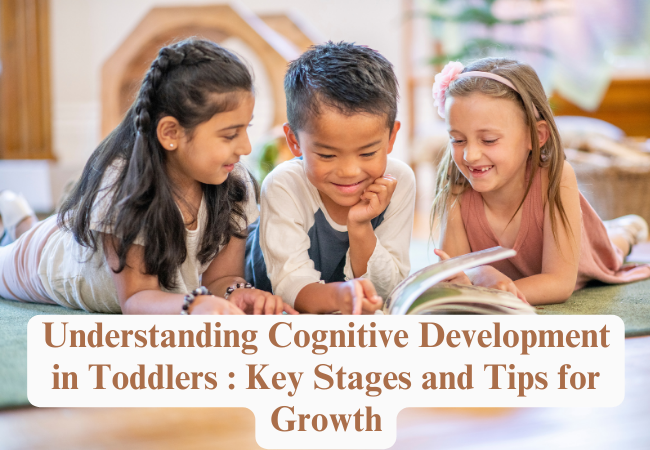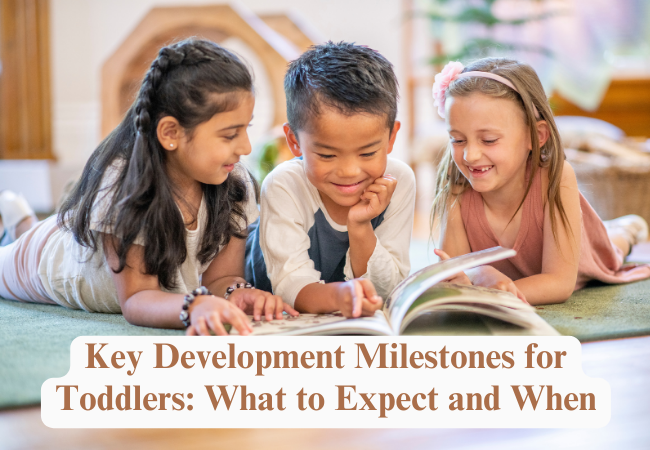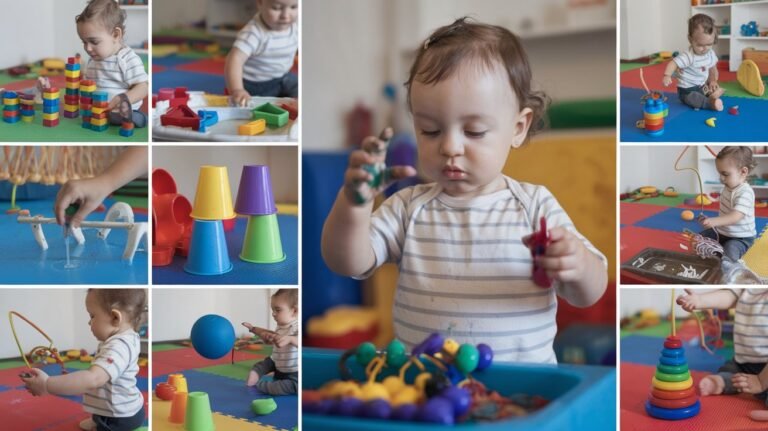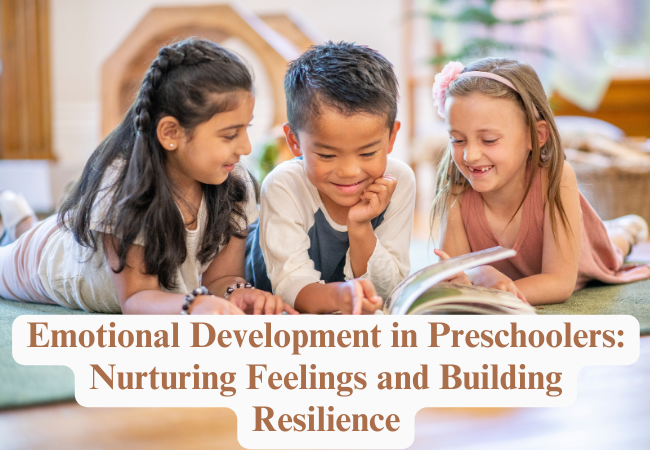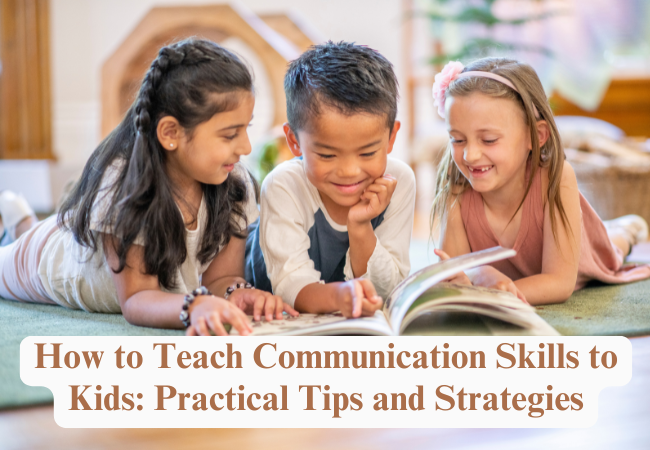Reading to Your Child: Uncovering the Benefits and Best Tips
Explore the numerous benefits of reading to your child. Discover valuable tips to make reading sessions enjoyable and impactful for your child’s development.
Reading to your child is more than just a bedtime ritual; it’s a powerful tool for fostering cognitive development, emotional growth, and a lifelong love of learning. In this guide, we’ll explore the numerous benefits of reading to your child and share valuable tips to make your reading sessions both enjoyable and impactful.
The Benefits of Reading to Your Child

1. Language Development
Reading aloud helps children:
- Expand their vocabulary
- Improve pronunciation
- Understand sentence structure
- Develop listening skills
2. Cognitive Skills
Regular reading sessions enhance:
- Memory
- Concentration
- Critical thinking
- Problem-solving abilities
3. Emotional Intelligence
Stories help children:
- Understand and express emotions
- Develop empathy
- Learn about different perspectives
- Navigate social situations
4. Bonding Time
Reading together:
- Strengthens parent-child relationships
- Creates shared experiences
- Provides a sense of security and routine
5. Academic Readiness
Early exposure to books:
- Prepares children for school
- Improves literacy skills
- Enhances overall academic performance
6. Imagination and Creativity
Stories encourage:
- Creative thinking
- Visualization skills
- Storytelling abilities
7. Cultural Awareness
Books introduce children to:
- Different cultures and traditions
- Diverse characters and experiences
- Global perspectives
Best Tips for Reading to Your Child
1. Start Early and Read Often
- Begin reading to your child from infancy
- Aim for at least 15-20 minutes of reading daily
2. Choose Age-Appropriate Books
- For babies: Board books with simple images
- For toddlers: Picture books with short stories
- For preschoolers: Longer stories with more complex plots
3. Make Reading Interactive
- Ask questions about the story
- Encourage your child to predict what happens next
- Let your child turn the pages
4. Use Expressive Reading
- Change your voice for different characters
- Use facial expressions and gestures
- Adjust your tone to match the story’s mood
5. Create a Comfortable Reading Environment
- Designate a cozy reading spot
- Minimize distractions
- Make it a positive, relaxing experience
6. Let Your Child Choose Books
- Visit the library regularly
- Respect your child’s preferences
- Mix familiar favorites with new stories
7. Be a Reading Role Model
- Let your child see you reading for pleasure
- Discuss books and stories as a family
- Create a home environment rich in print materials
8. Incorporate Reading into Daily Life
- Read signs, menus, and labels out loud
- Write and read notes to each other
- Play word games during car rides or waiting times
9. Use Technology Wisely
- Explore e-books and interactive reading apps
- Balance digital reading with traditional books
- Always supervise screen time
10. Be Patient and Persistent
- Don’t force reading if your child isn’t in the mood
- Keep sessions short and enjoyable
- Celebrate reading milestones and achievements
Reading Strategies for Different Ages
For Babies (0-12 months)
- Focus on board books with high-contrast images
- Use a sing-song voice
- Point to pictures and name objects
For Toddlers (1-3 years)
- Choose books with simple stories and rhymes
- Encourage participation (e.g., animal sounds)
- Relate stories to your child’s experiences
For Preschoolers (3-5 years)
- Introduce longer stories with more complex plots
- Discuss characters’ feelings and motivations
- Encourage your child to retell stories
For School-Age Children (6+ years)
- Read chapter books together
- Take turns reading aloud
- Discuss themes and lessons from the stories
Overcoming Reading Challenges
If your child seems resistant to reading:
- Try different types of books (e.g., non-fiction, comics)
- Make it a game or challenge
- Consider audio books as an alternative
- Consult with teachers or pediatricians if concerns persist
Conclusion
Reading to your child is a simple yet profound way to support their development and create lasting memories. By making reading a regular, enjoyable part of your routine, you’re giving your child a valuable gift that will benefit them throughout their life.
Remember, it’s never too early or too late to start reading together. Whether you’re snuggling with a board book or sharing a chapter book, each reading session is an investment in your child’s future. So grab a book, get cozy, and embark on countless adventures through the magic of stories!
For more tips on early literacy, visit the Reading Rockets website
Explore book recommendations by age from the American Library Association
Happy reading, and may your family’s story time be filled with joy, learning, and cherished moments!
For more information and guide, visit usaparentingtips.com

